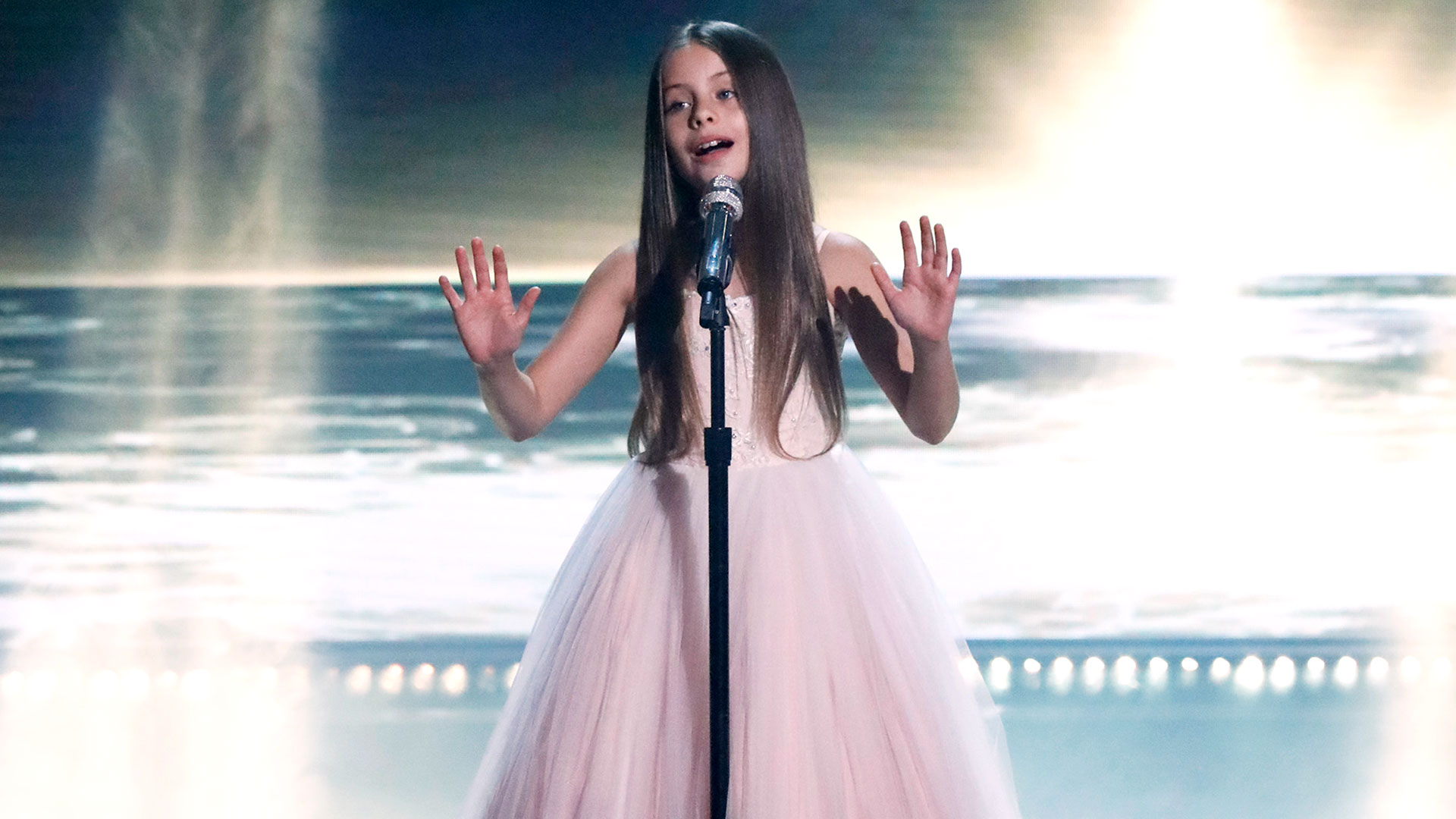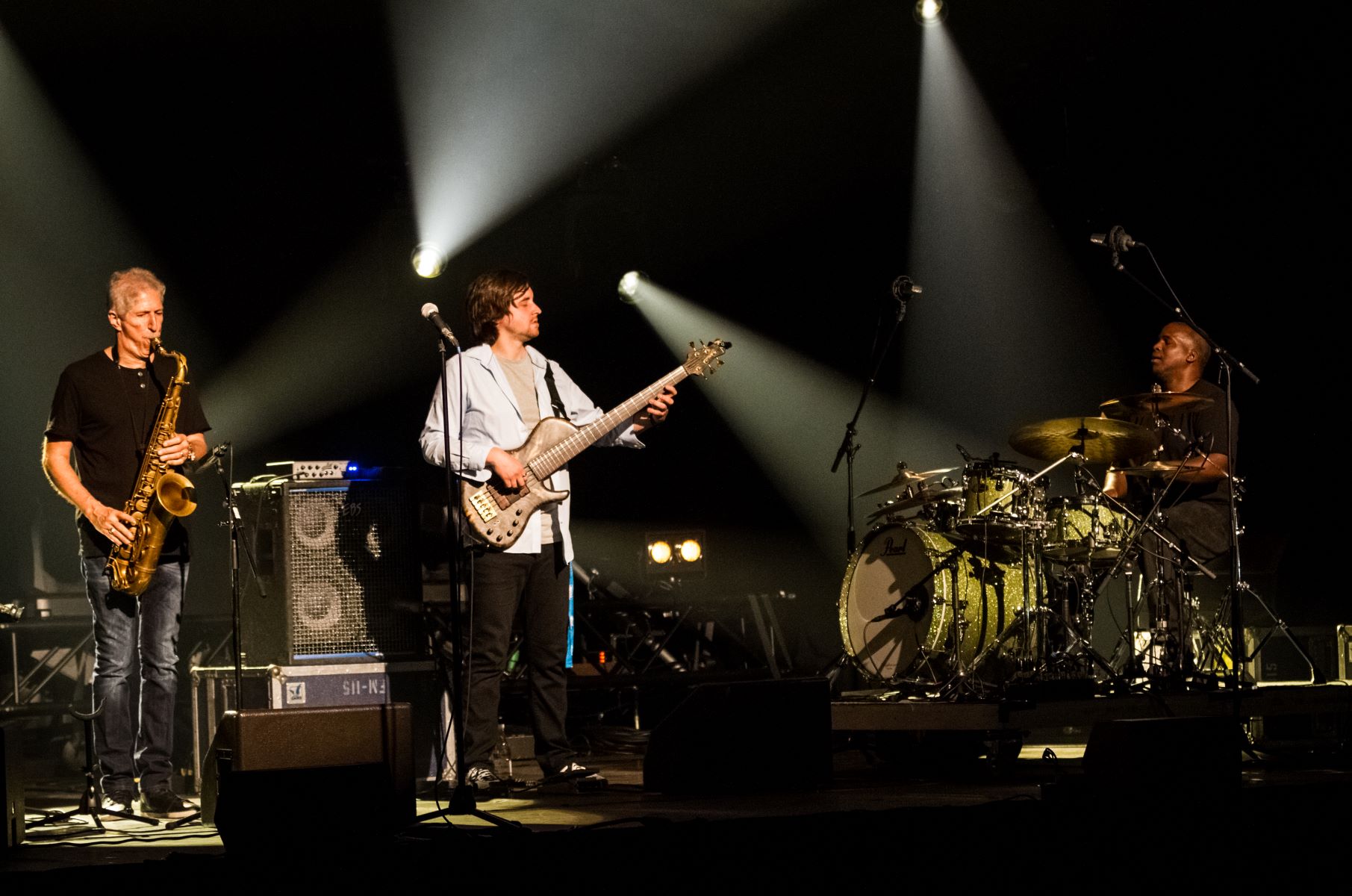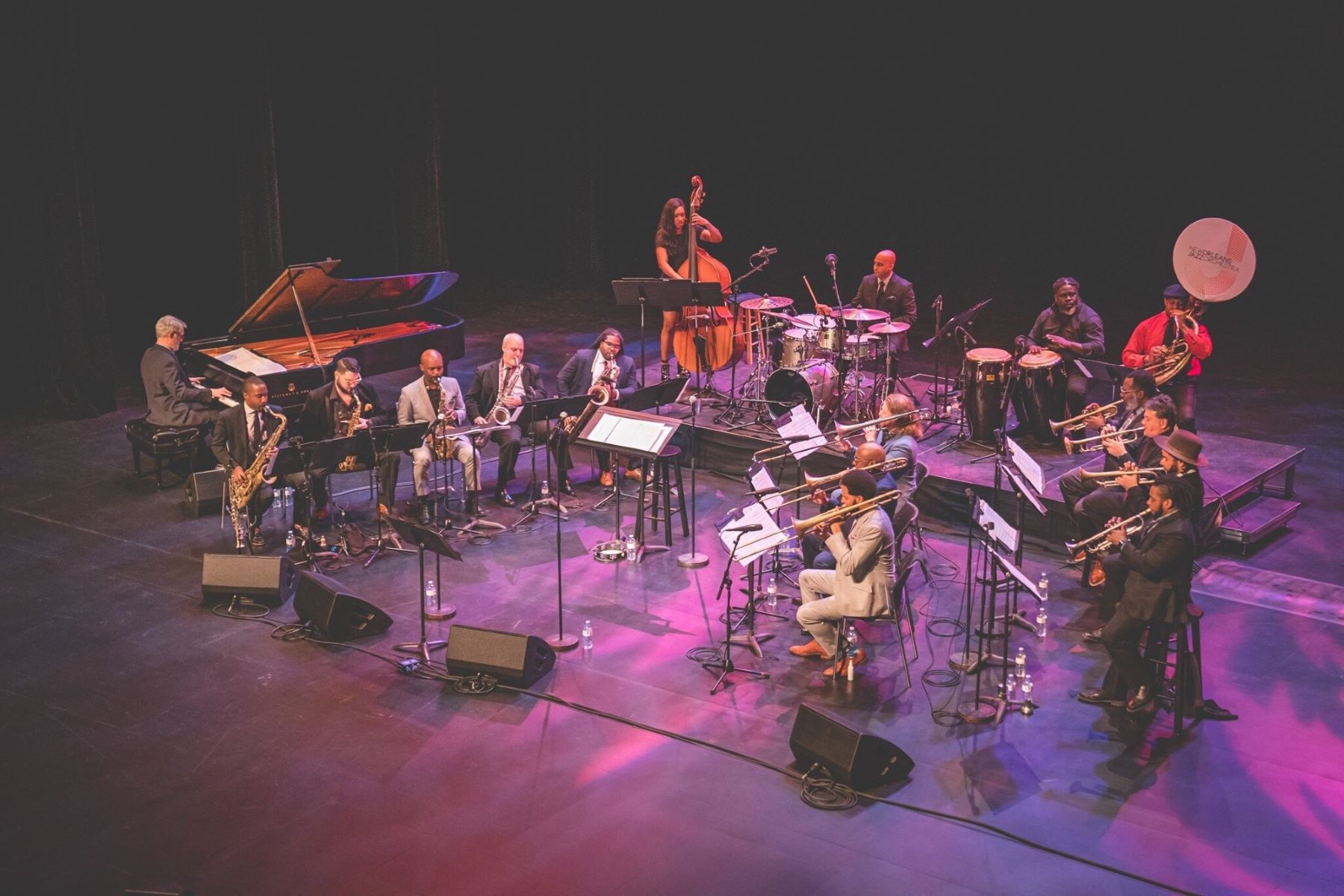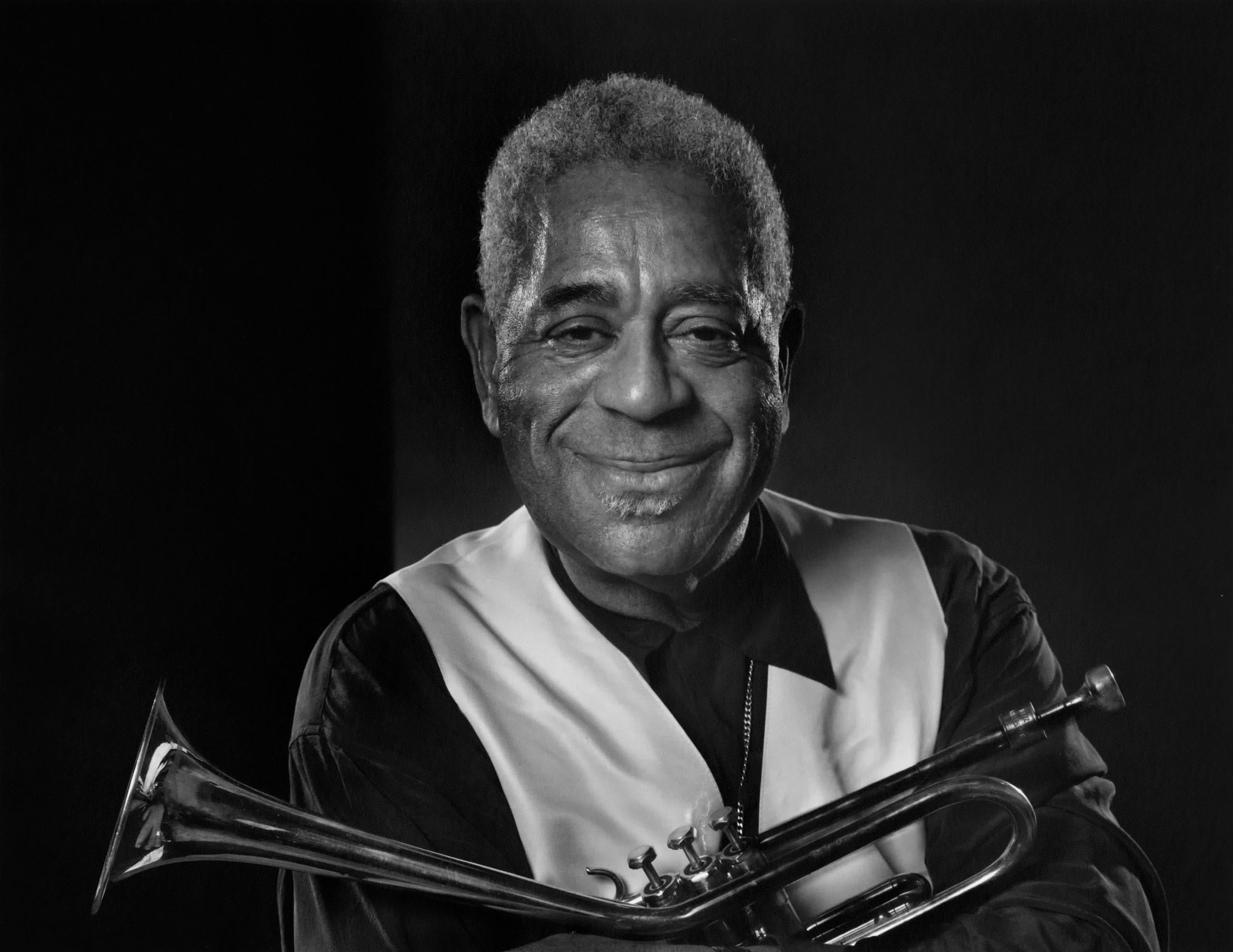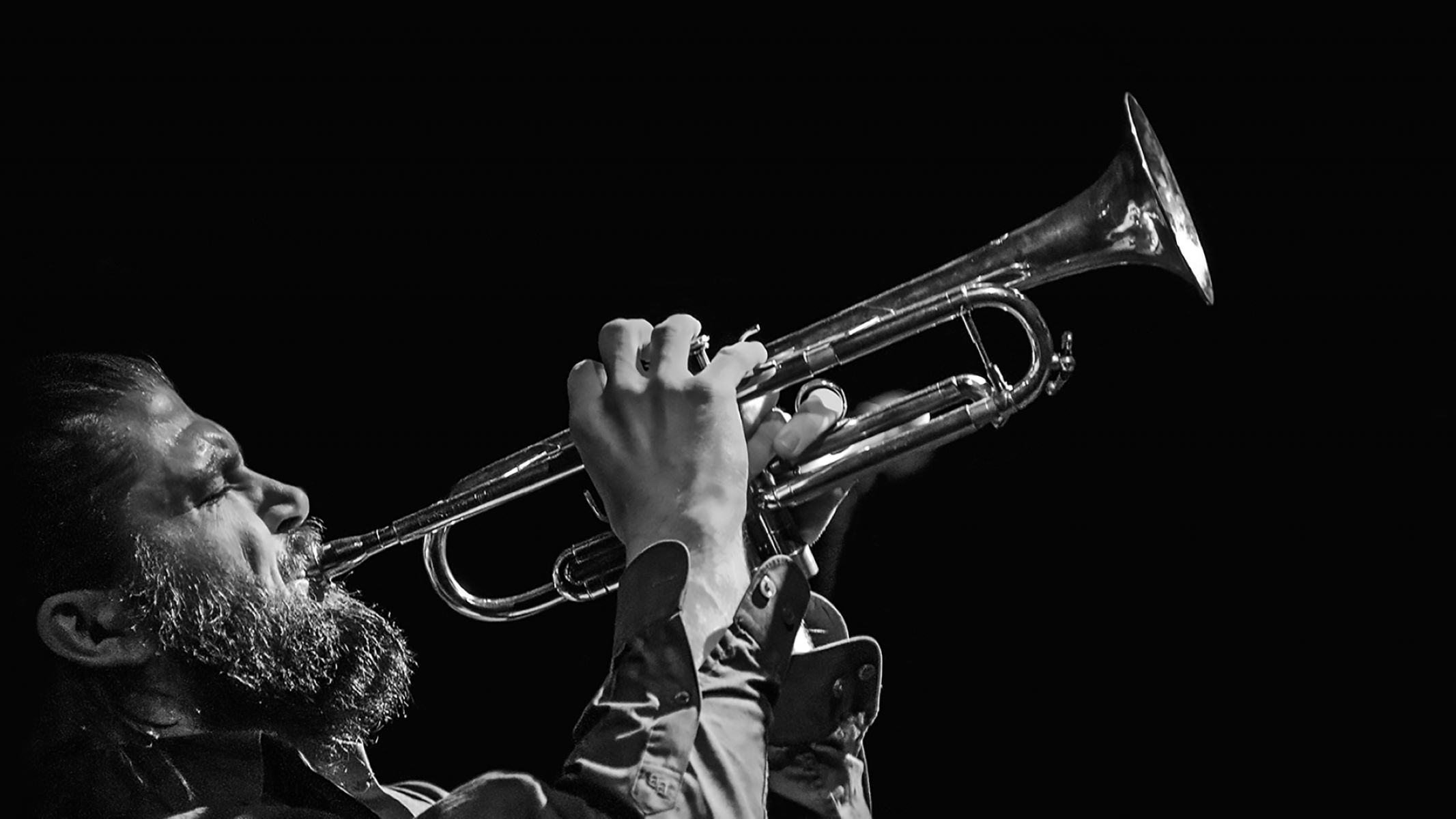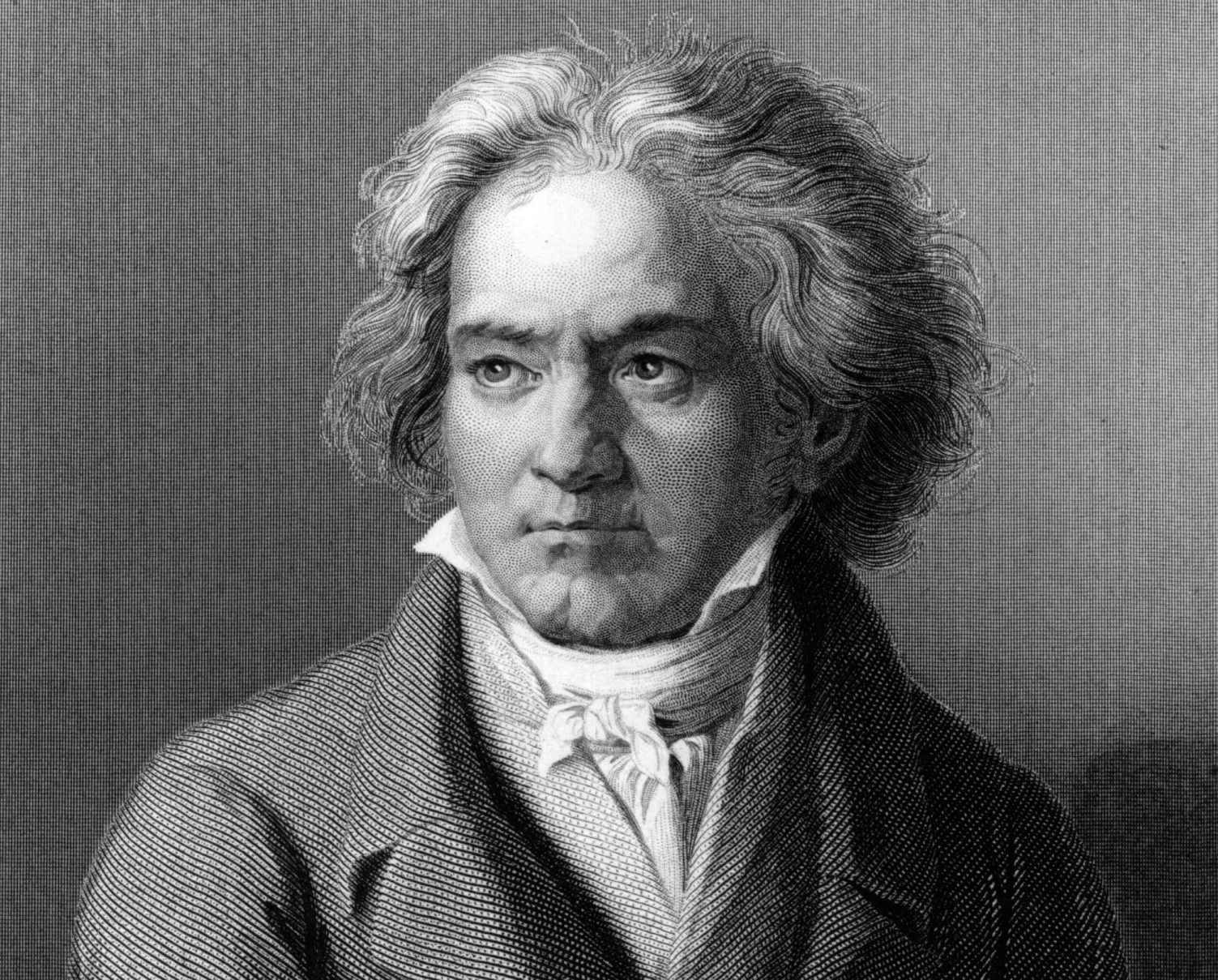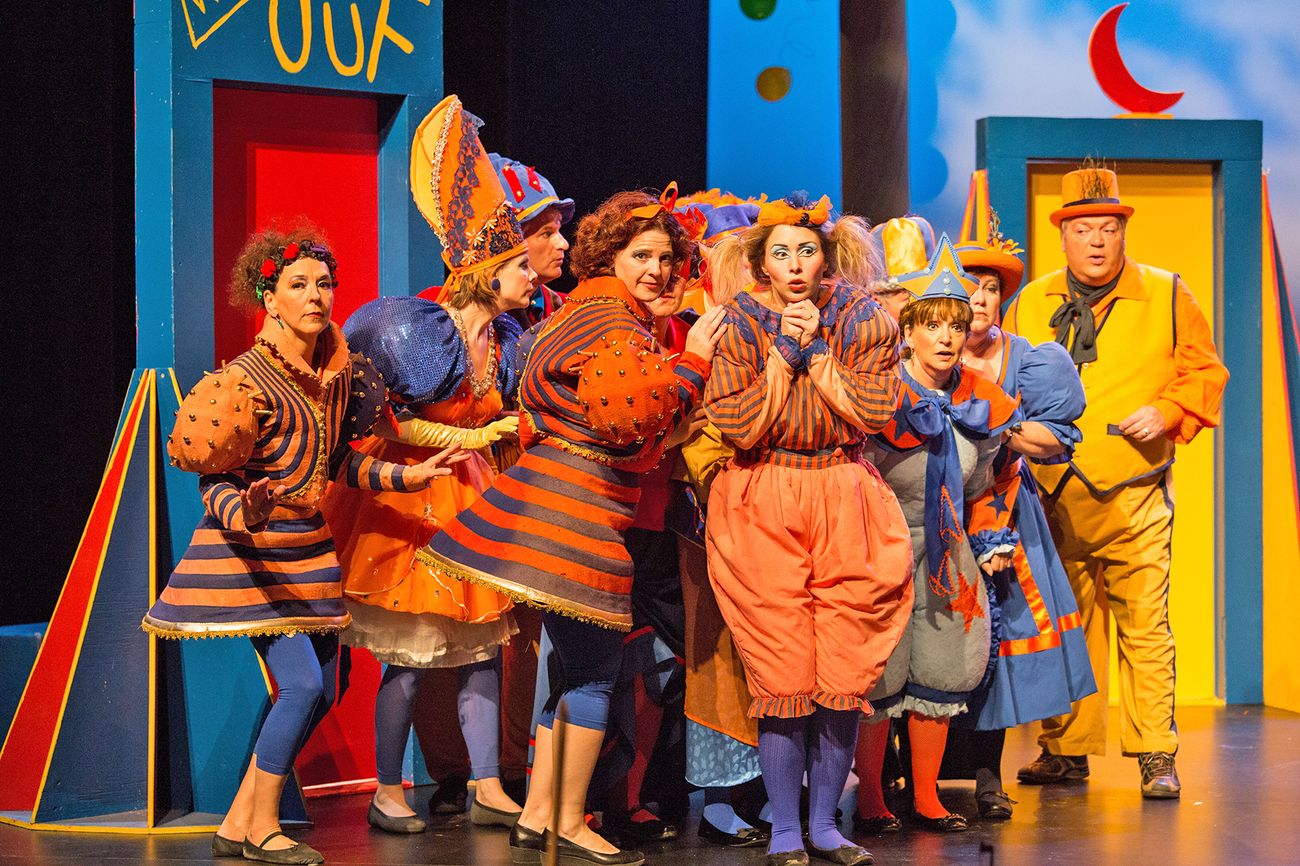Home>Events & Info>Opera>In Which Style Of Opera Did Bel Canto Singing Become Important?
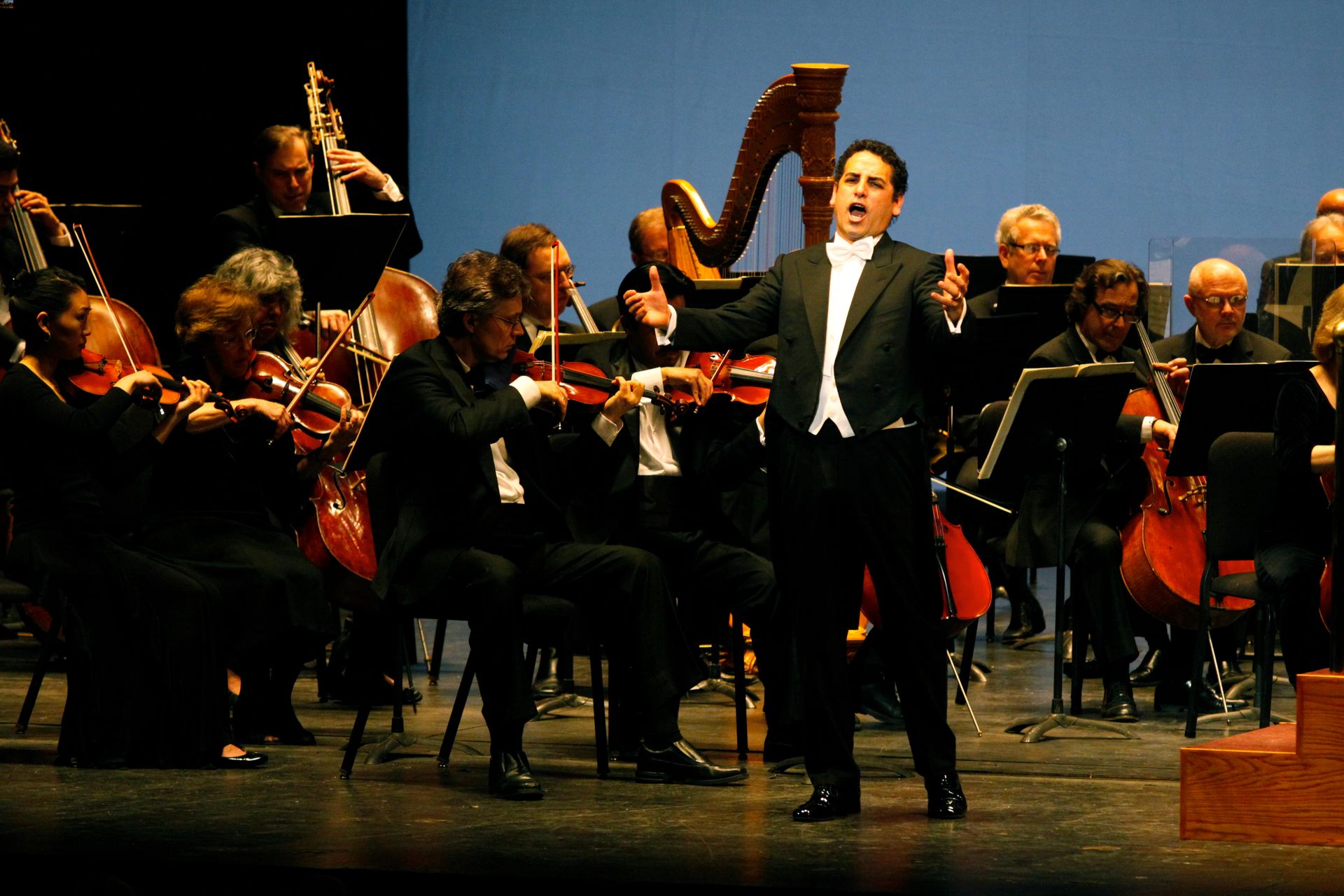

Opera
In Which Style Of Opera Did Bel Canto Singing Become Important?
Modified: January 22, 2024
Discover the significance of bel canto singing in the world of opera and learn about the influential opera styles where it emerged as a vital component.
(Many of the links in this article redirect to a specific reviewed product. Your purchase of these products through affiliate links helps to generate commission for AudioLover.com, at no extra cost. Learn more)
Table of Contents
Introduction
Welcome to the fascinating world of opera, where soaring melodies and intricate vocal technique come together to create magical performances that have captivated audiences for centuries. Within the realm of opera, one particular style of singing has left a significant mark – Bel Canto. In this article, we will delve into the origins and importance of Bel Canto singing in the world of opera.
Bel Canto, which translates to “beautiful singing” in Italian, is a vocal style that emphasizes the beauty, agility, and expressive qualities of the human voice. It originated in Italy during the 18th century and became particularly prominent during the Romantic era of the 19th century. Bel Canto singing is characterized by its melodic flexibility, smooth legato phrasing, and impressive vocal acrobatics.
The purpose of Bel Canto singing is to showcase the full potential of the human voice, allowing the singer to display a wide range of vocal techniques and emotions. It requires a highly trained and skilled vocalist who can master the technical aspects of the style, such as breath control, vocal resonance, and precise articulation.
The application of Bel Canto singing varies across different genres and styles of opera. While some operas focus more on the dramatic aspects of storytelling, others place greater importance on the virtuosic vocal displays. In this article, we will explore the styles of opera that have embraced and celebrated the art of Bel Canto singing.
So, prepare to be transported into the enchanting world of Bel Canto, as we journey through the history, significance, and impact of this extraordinary vocal style in the realm of opera.
Definition of Bel Canto Singing
Bel Canto singing is a vocal technique and style that originated in Italy during the 18th century and became particularly prominent in the 19th century. The term “Bel Canto” translates to “beautiful singing” in Italian, and true to its name, it focuses on achieving and enhancing the beauty, agility, and expressive qualities of the human voice.
At its core, Bel Canto singing is characterized by its graceful and melodic approach to vocalization. It emphasizes smooth and seamless legato phrasing, where the singer strives for a continuous flow of sound, avoiding any abrupt or disjointed transitions. The vocal technique in Bel Canto requires exceptional breath control and control over vowel placement, enabling the singer to produce a rich, resonant, and expressive tone.
Bel Canto singing also places a strong emphasis on ornamentation, showcasing the singer’s ability to embellish the melody with virtuosic vocal flourishes. These ornamental passages, known as coloratura, often involve rapid scales, trills, and melodic runs, adding a dazzling and impressive element to the performance.
Another important characteristic of Bel Canto singing is the careful attention given to the text and the emotions it conveys. Singers are encouraged to infuse each phrase with appropriate expression and emotional depth, effectively conveying the narrative and the character’s emotions to the audience.
To achieve mastery in Bel Canto singing, vocalists undergo rigorous training that focuses on developing technical skills, such as vocal agility, breath control, and resonance. They also study languages, music theory, and interpretation to bring a full understanding of the repertoire they perform.
In summary, Bel Canto is a vocal style that prioritizes beauty, agility, and emotional expression. Its focus on melodic phrasing, ornamentation, and careful attention to text elevates the artistry of singing, creating performances that are both technically impressive and emotionally captivating.
The Origins of Bel Canto
The origins of Bel Canto can be traced back to Italy in the 18th century, a time when opera was thriving as a form of entertainment. During this period, composers and singers began to place a greater emphasis on the expressive capacities of the human voice, leading to the development of the Bel Canto style.
Italy, known for its rich musical traditions and love for vocal performances, became the birthplace of Bel Canto. The city of Naples, in particular, played a crucial role in the development and popularization of this vocal style. Composers such as Alessandro Scarlatti and Domenico Scarlatti were instrumental in laying the foundation of Bel Canto with their innovative and melodic compositions.
The Bel Canto style flourished in the 19th century during the Romantic period. It was during this time that composers such as Gioachino Rossini, Gaetano Donizetti, and Vincenzo Bellini created operas that showcased the technical brilliance and expressive power of the Bel Canto style. These composers crafted melodies that allowed singers to display their vocal virtuosity while also conveying the emotional depths of the characters they portrayed.
One of the key features of Bel Canto is its close connection to the Italian language. The melodic lines and vocal embellishments were tailored to fit the Italian language’s natural flow and rhythm. The expressive qualities of the language were complemented by the flexibility and agility of the Bel Canto singing technique, resulting in a seamless fusion of music and text.
The influence of Bel Canto extended beyond Italy and permeated the operatic world of other European countries. Composers like Mozart and Wagner drew inspiration from the Bel Canto style, incorporating its principles into their own works.
It is important to note that Bel Canto is not confined to a specific era or geographical location. While its origins can be traced back to Italy, the style continues to evolve and find expression in contemporary opera. Today, Bel Canto remains a revered vocal tradition, celebrated for its technical brilliance and expressive power.
The origins of Bel Canto are deeply rooted in Italy’s rich musical heritage and the desire to showcase the full beauty and expressive potential of the human voice. Its influence has resonated throughout the centuries, shaping the world of opera and leaving an indelible mark on the art form.
The Emergence of Bel Canto in Opera
The emergence of Bel Canto in opera marked a significant shift in the focus of vocal technique and performance. Prior to the rise of Bel Canto, operatic singing was often characterized by dramatic declamatory style, where vocalists prioritized power and intensity over melodic expressiveness. However, with the advent of Bel Canto, a new era of singing began.
The Romantic era, spanning the 19th century, saw the rise of opera composers who sought to create works that showcased the immense capabilities of the human voice. Composers like Rossini, Donizetti, and Bellini embraced the principles of Bel Canto, composing operas that featured beautiful melodies and elaborate vocal ornamentation.
The emergence of Bel Canto in opera brought about a change in the way singers approached their craft. Rather than relying solely on power and volume, singers now focused on achieving technical precision, agility, and vocal beauty. The vocal prowess required by the Bel Canto style propelled singers to hone their skills and push the boundaries of their abilities.
One of the key elements of the Bel Canto style was the emphasis on purity of tone. Singers were encouraged to produce a clear and resonant sound, free from any vocal impurities. This required meticulous control over breath support, vowel formation, and vocal placement.
In addition to achieving a pure tone, singers also had to master the art of vocal agility. The intricate coloratura passages, filled with rapid scales, trills, and melodic runs, demanded impeccable dexterity and precision. Singers had to navigate these challenging vocal acrobatics with ease and fluidity, captivating audiences with their virtuosic displays.
The emergence of Bel Canto in opera also had an impact on the roles and characterizations written for singers. Composers tailored their compositions to showcase the technical abilities and expressive qualities of Bel Canto singers. Female characters, in particular, were often portrayed as virtuosic heroines, allowing sopranos to shine in demanding roles that required both vocal brilliance and dramatic flair.
The focus on vocal beauty, agility, and expression in Bel Canto transformed the operatic landscape. It brought forth a golden age of singing, with celebrated vocalists like Maria Callas, Joan Sutherland, and Luciano Pavarotti captivating audiences worldwide with their mastery of the style.
The emergence of Bel Canto in opera revolutionized the way singers approached their craft, elevating the importance of technical excellence and melodic expressiveness. Its impact can still be felt today, as singers continue to study and perform the repertoire written in the Bel Canto style, keeping its legacy alive and thriving.
The Importance of Bel Canto Singing
Bel Canto singing holds immense importance in the world of opera due to its profound impact on vocal technique, musical expression, and the overall art form itself. Here are some key reasons why Bel Canto singing is highly regarded and cherished:
- Technical Mastery: Bel Canto requires singers to attain a high level of technical mastery. The focus on breath control, vocal agility, and precise articulation challenges singers to push the boundaries of their vocal abilities. This level of technical excellence sets Bel Canto singers apart and enables them to tackle the demanding repertoire written in this style.
- Expressiveness: Bel Canto puts a strong emphasis on the emotional expression of the music. Singers are encouraged to infuse each note and phrase with the appropriate emotion, effectively conveying the depth of the characters and the dramatic intent of the composer. This focus on expressiveness brings operatic storytelling to life, immersing the audience in a captivating and emotional experience.
- Versatility: Bel Canto singing is not limited to a particular voice type or opera genre. It encompasses a range of vocal styles and repertoire, allowing singers of different vocal attributes to explore and excel in this technique. Whether it be the dazzling coloratura passages of a soprano or the lyrical legato lines of a tenor, Bel Canto offers a versatile platform for singers to showcase their unique talents.
- Vocal Health: The principles of Bel Canto singing promote vocal health and longevity. The emphasis on proper breath control, vocal placement, and balanced vocal production helps prevent vocal strain and injury. Singers trained in Bel Canto benefit from a solid foundation of vocal technique that supports their long-term vocal health, enabling them to maintain their performing careers with durability and stability.
- Historical Significance: Bel Canto represents an important chapter in the history of opera and vocal music. The works written in this style by composers such as Rossini, Donizetti, and Bellini have stood the test of time and continue to be performed and celebrated today. Bel Canto singing is not only a technical approach but also a connection to the rich musical heritage of the past.
Overall, the importance of Bel Canto singing lies in its ability to elevate vocal performance, enhance emotional expression, and preserve the cultural legacy of opera. It requires singers to strive for technical excellence while embracing the depth and nuance of the music. Bel Canto singing continues to be revered and cherished as a cornerstone of the operatic tradition, captivating audiences with its beauty and artistry.
Styles of Opera that Emphasized Bel Canto Singing
Bel Canto singing found its fullest expression in certain styles of opera that were particularly conducive to showcasing the technical brilliance and expressive qualities of this vocal technique. Here are some notable styles of opera that emphasized Bel Canto singing:
- Opera Seria: Opera seria, meaning “serious opera,” was a popular style during the 18th century. It featured mythological or historical subjects and presented a series of set pieces that highlighted the virtuosity and vocal abilities of the singers. Composers like Handel and Vivaldi shaped the opera seria genre, writing works that demanded the agile and expressive capabilities of Bel Canto singers.
- Opera Buffa: Opera buffa, or comic opera, emerged as a contrast to the more serious opera seria. Composers like Rossini revolutionized the genre with their mastery of Bel Canto techniques. The lively and humorous nature of opera buffa allowed for playful vocal embellishments, rapid-fire patter singing, and comedic timing, all of which embraced the virtuosity and agility of Bel Canto singing.
- Bel Canto Operas: The term “Bel Canto opera” is often used to refer to a specific subset of operas composed during the early 19th century, with a focus on showcasing the principles of Bel Canto singing. Composers like Rossini, Donizetti, and Bellini crafted works that were tailor-made for Bel Canto singers, showcasing their vocal agility, expressive abilities, and mastery of ornamentation. Operas such as Rossini’s “The Barber of Seville,” Donizetti’s “Lucia di Lammermoor,” and Bellini’s “Norma” are prime examples of Bel Canto operas.
- Grand Opera: Grand opera emerged in the 19th century, characterized by its grandiose scale, intricate staging, and emotionally charged narratives. Composers like Giacomo Meyerbeer and Giuseppe Verdi composed grand operas that incorporated elements of Bel Canto singing. Though these operas often had a more dramatic focus, the influence of Bel Canto can be seen in the vocal ornamentation and expressive demands placed on the singers.
- Opera Comique: Opera comique, also known as comic opera, developed in the 19th century and featured spoken dialogue interspersed with musical numbers. While the focus of opera comique was more on the theatrical and comedic aspects, composers like Adolphe Adam and Jacques Offenbach integrated Bel Canto singing into their works, infusing the comedic moments with vocal brilliance and virtuosity.
These styles of opera provided a stage for Bel Canto singing, allowing the vocal technique to flourish and be celebrated. They offered opportunities for singers to showcase their technical prowess, vocal agility, and expressive abilities, creating performances that were both artistically compelling and technically impressive.
It is worth noting that Bel Canto singing is not limited to these specific styles of opera. Its influence can be seen across a wide range of opera genres and periods, as singers and composers continue to explore the expressive possibilities and technical challenges that Bel Canto offers.
Conclusion
Bel Canto singing, with its emphasis on vocal beauty, agility, and expressive qualities, holds a significant place in the world of opera. Originating in Italy during the 18th century, Bel Canto emerged as a response to the desire to showcase the full potential of the human voice.
Defined by its melodic flexibility, smooth legato phrasing, and intricate vocal ornamentation, Bel Canto singing became a cornerstone of the operatic tradition. Composers like Rossini, Donizetti, and Bellini crafted works that specifically highlighted the technical brilliance and emotional expressiveness of Bel Canto singers.
The importance of Bel Canto singing lies in its ability to elevate vocal performances, infusing them with the virtuosic displays and the depth of emotional expression. It requires singers to master the technical intricacies of breath control, vocal agility, and precise articulation, while also captivating audiences with the beauty and emotional impact of their performances.
Bel Canto singing found its peak expression in various styles of opera, including opera seria, opera buffa, grand opera, and Bel Canto operas themselves. These styles provided platforms for singers to showcase their abilities, infusing their performances with the technical brilliance and expressive depth so esteemed by Bel Canto enthusiasts.
Bel Canto singing continues to thrive in the present day, with performers and audiences alike recognizing its enduring value. The technical mastery, emotional expressiveness, vocal health benefits, and historical significance of Bel Canto make it a cherished tradition within the operatic world.
So, whether it’s the dazzling coloratura passages, the lyrical legato lines, or the emotional depth and expressiveness, Bel Canto singing continues to captivate the hearts of opera lovers worldwide. It is a testament to the power and beauty of the human voice, reminding us of the profound impact that music and performance can have on our lives.

